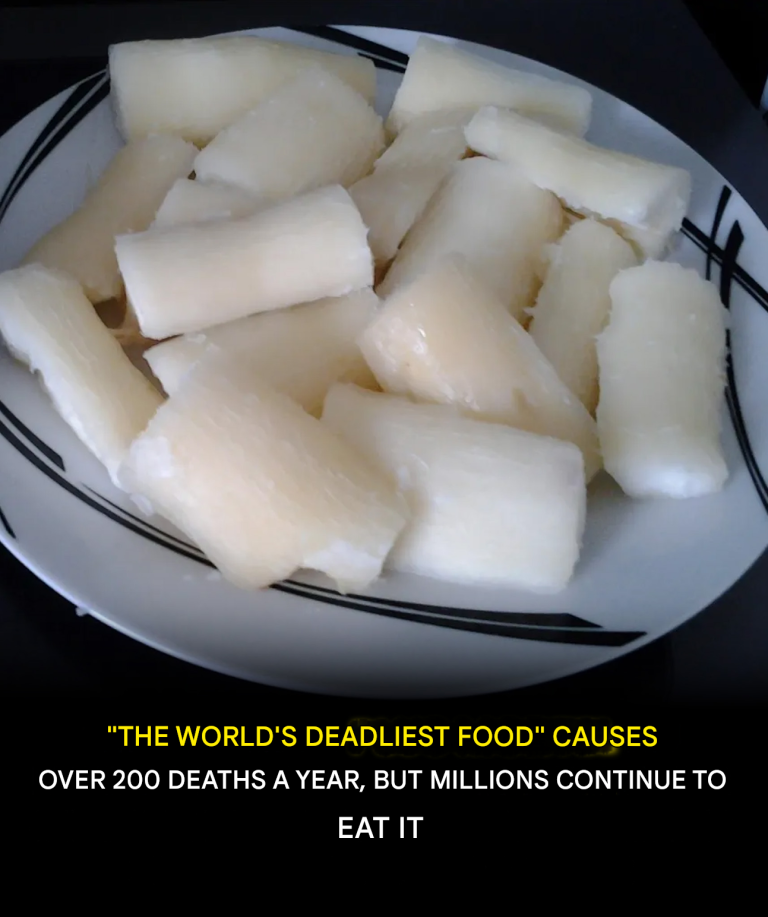It's an ingredient found in many cuisines around the world, appreciated for its soft texture, versatility, and subtle flavor. Yet, behind its apparent harmlessness, cassava hides a lesser-known... and potentially worrying... side. What if one of the most consumed foods in the world was also one of the riskiest if improperly prepared?
An everyday food... but to be handled with care
Cassava, also called sweet or bitter cassava, is a tropical root that has been cultivated for centuries, particularly in South America, Africa, and Asia. Every day, nearly 500 million people consume it, in the form of purée, fries, pancakes, or even flour.
But be careful: cassava, especially in its so-called "bitter" version, naturally contains compounds called cyanogenic glycosides. Put like that, it sounds very technical... and it is. But just remember this: these substances, if not eliminated, can produce cyanide. Yes, that well-known poison, often mentioned in detective novels or spy films.
Why do we talk about "the world's most dangerous food"?
This somewhat alarming nickname comes from the fact that, each year, approximately 200 people worldwide lose their lives after consuming improperly prepared cassava. This happens especially in contexts of crisis, famine, or extreme poverty, where preparation methods are sometimes shoddy out of necessity.
The World Health Organization itself reminds us that "cassava must be processed correctly to avoid dangerous exposure to cyanide." So, it's not a question of stopping eating this root, but of knowing how to cook it properly!
A little-known illness linked to cassava: konzo
In certain regions affected by extreme poverty, people can develop a serious neurological condition called konzo. It manifests as sudden muscle weakness, especially in the legs, and can leave irreversible after-effects.
The cause? Bitter cassava consumed without proper processing, combined with a diet very low in protein. Protein, in fact, helps our body defend itself against the effects of cyanide.
So, should we eliminate cassava from our diets?
Good news: absolutely not, as long as it's prepared correctly! Here are a few simple steps to safely enjoy this tuber:
Always cook it: raw cassava should be avoided, especially its leaves and skin.
Soak it: in some recipes, cassava is grated and then soaked in water for 24 to 48 hours, which helps eliminate toxins.
Peel it carefully: it's in the skin that the undesirable substances are most concentrated. Consume it as part of a balanced diet, particularly rich in protein (eggs, fish, legumes, etc.).
Cassava: Friend or Foe?
Like many foods, it's all a question of dosage, context, and preparation. It's not the cassava itself that's dangerous, but neglecting its processing. In many cultures, these skills are passed down from generation to generation—and that's what makes this tuber as precious as it is universal.
So, if you're eager to try a new recipe from elsewhere or add a touch of originality to your dishes, why not give cassava a try? Properly prepared, it can become a healthy, tasty, and original staple.
